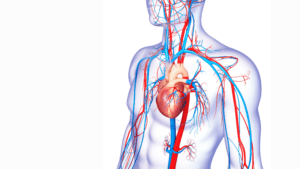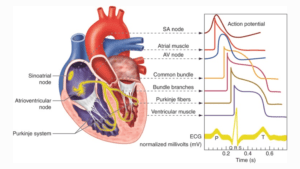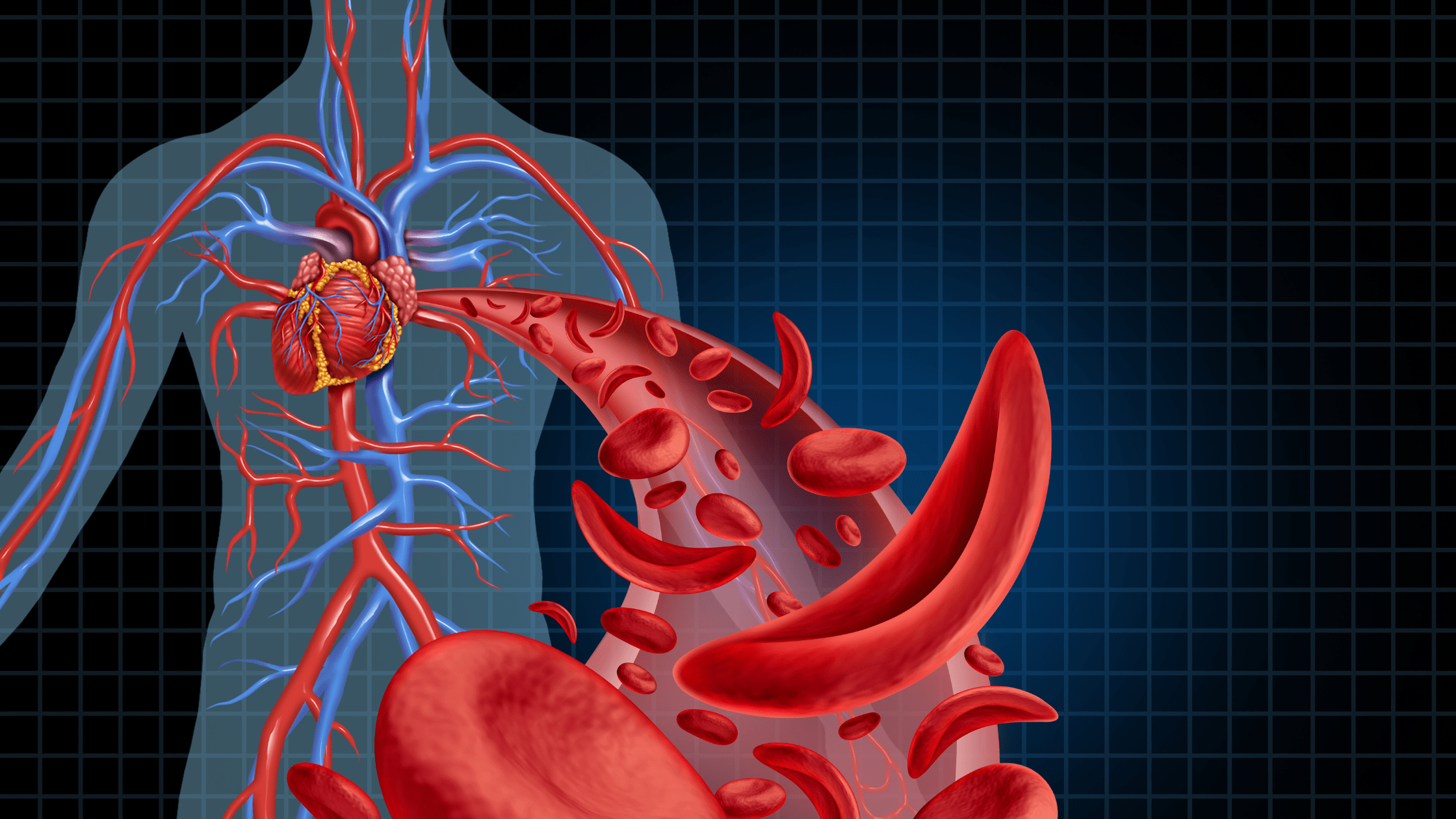We all understand the vital role of the heart, but do you know how it works?
The heart drives the cardiovascular system and pumps blood throughout your body as it beats. All body parts receive oxygen and nutrition from this blood, removing waste materials via various organs within the body.
Structure of the heart
Understanding the structural composition of the heart is critical to understanding its function.
The heart is a muscle in the centre of your chest that leans slightly to the left and is roughly the size of your fist. It is made up of walls, chambers, valves, and vessels.

The heart muscle is made up of three layers of tissue:
- Protective outer layer – The visceral layer of the serous pericardium, known as the epicardium, comprises mesothelial cells, fat, and connective tissues.
- Muscular middle layer – Cardiomyocytes comprise the muscle layer known as the myocardium.
- Inner layer – The inner surface of the heart chambers and valves is lined with the endocardium.
There are four chambers in the heart:
- The right and left atria – Two smaller chambers at the top, where blood entering the heart is received.
- The right and left ventricles – Two bigger chambers at the bottom, responsible for pumping blood from the heart.
- The septum is the dividing wall between the right and left sides.
- The heart chambers collect and ” pump” blood to the body through various veins and arteries.
Four heart valves divide the chambers and allow for the flow of blood:
Atrioventricular valves (AV) – between upper and lower chambers
- Between your right atrium and right ventricle is known as the tricuspid valve.
- Between your left atrium and left ventricle is called the mitral valve.
Semilunar valves (SL) – allow blood flow out of ventricles
- The aortic valve opens when blood leaves the left ventricle and travels to the aorta (the largest artery in your body, which carries oxygenated blood to your body).
- When blood travels from the right ventricle of your heart to your pulmonary arteries, the pulmonary valve opens (the only arteries that carry de-oxygenated blood to your lungs).
Blood is pumped throughout the body using a variety of blood vessels:
- Arteries – Your body’s tissues receive oxygenated blood from your heart via arteries.
- Veins – Deoxygenated blood is returned to the heart via veins.
- Capillaries – Your body’s capillaries are tiny vessels exchanging oxygenated and deoxygenated blood.
The cardiovascular system
Your heart, blood, and blood vessels work together to circulate about five litres of blood around the body continuously. These structures and functions are known as the cardiovascular system.
The body utilises the oxygen-rich blood and then returns blood, now with depleted oxygen levels, to the right side of the heart. This blood is then pushed to the lungs, collecting oxygen and returning to the left side of the heart to be pumped via the aorta to the rest of the body.

The electrical system
A system of electrical conduction controls the contraction of the heart’s chambers, regulating the heart’s pumping motion and rate at which it pumps.
The sino-atrial node in the right atrium produces an electrical stimulation that crosses and activates both atria. Blood is pumped through the valves into the ventricles.
The atrioventricular node, located between the atria and ventricles, conducts the electrical signals through electrical pathways to cardiac muscle, stimulating the cardiac muscle to contract and the heart to beat.
Following a contraction of the ventricular muscles, blood is pumped into the major arteries by passing through the pulmonary and aortic valves.

Understanding how the heart works is crucial to maintaining good cardiovascular health and preventing heart disease. With knowledge of the heart’s anatomy and physiology, individuals can make informed decisions about their lifestyle choices, such as diet and exercise, to reduce the risk of heart disease. Additionally, understanding how the heart functions can aid in diagnosing and treating heart-related illnesses. By continuing to study and learn about the heart, we can improve our overall health and well-being and, ultimately, live longer and healthier lives.
Disclaimer This information is general and not conclusive. Follow any guidelines and advice from your doctor or specialist, health care, or multidisciplinary team, for your personalised patient-centred needs and care. Inquire about a patient advocate group regarding your specific needs. Call 000 if you are experiencing chest pain.
To find a GP or a Cardiologist near you, visit www.hopeforhearts.com.au
Connect the Docs www.connectthedocs.com.au is a medical marketing agency specialising in therapy awareness campaigns, educating medical professionals and patients about common conditions.

